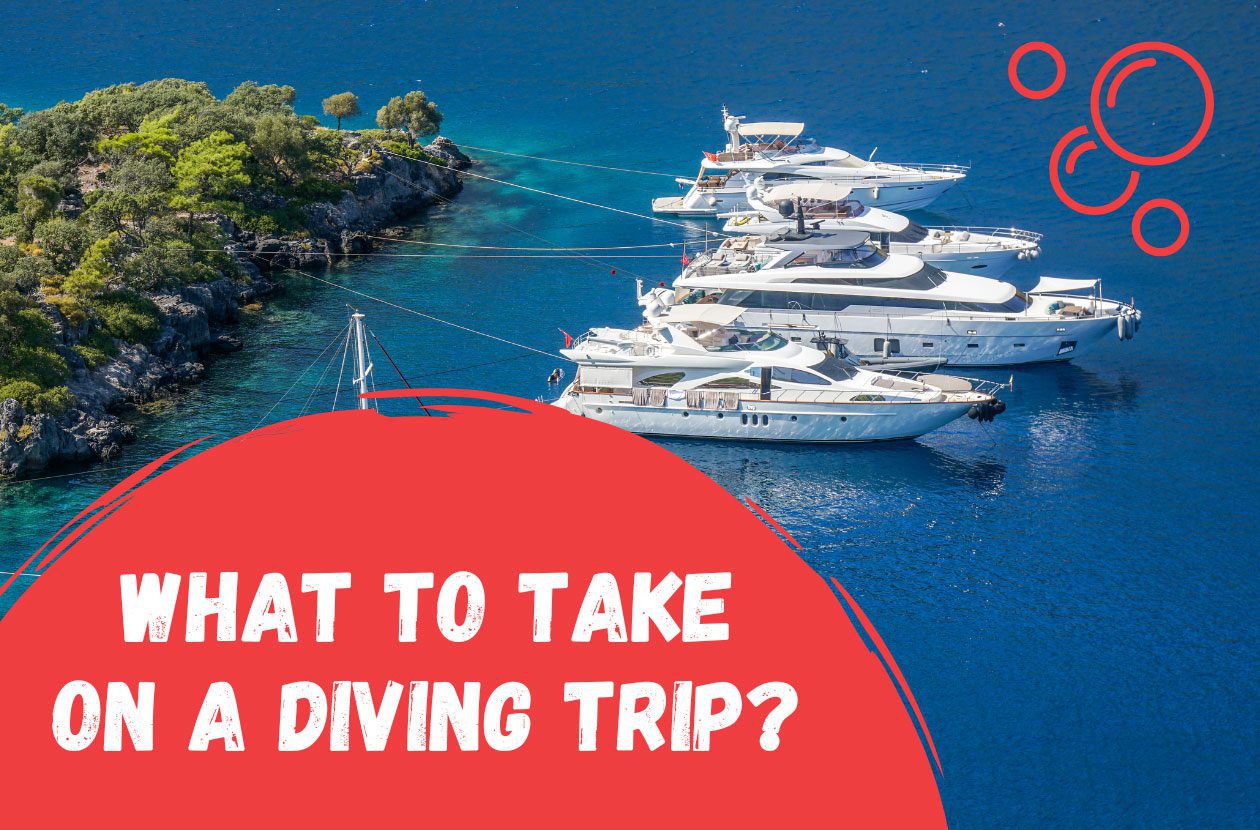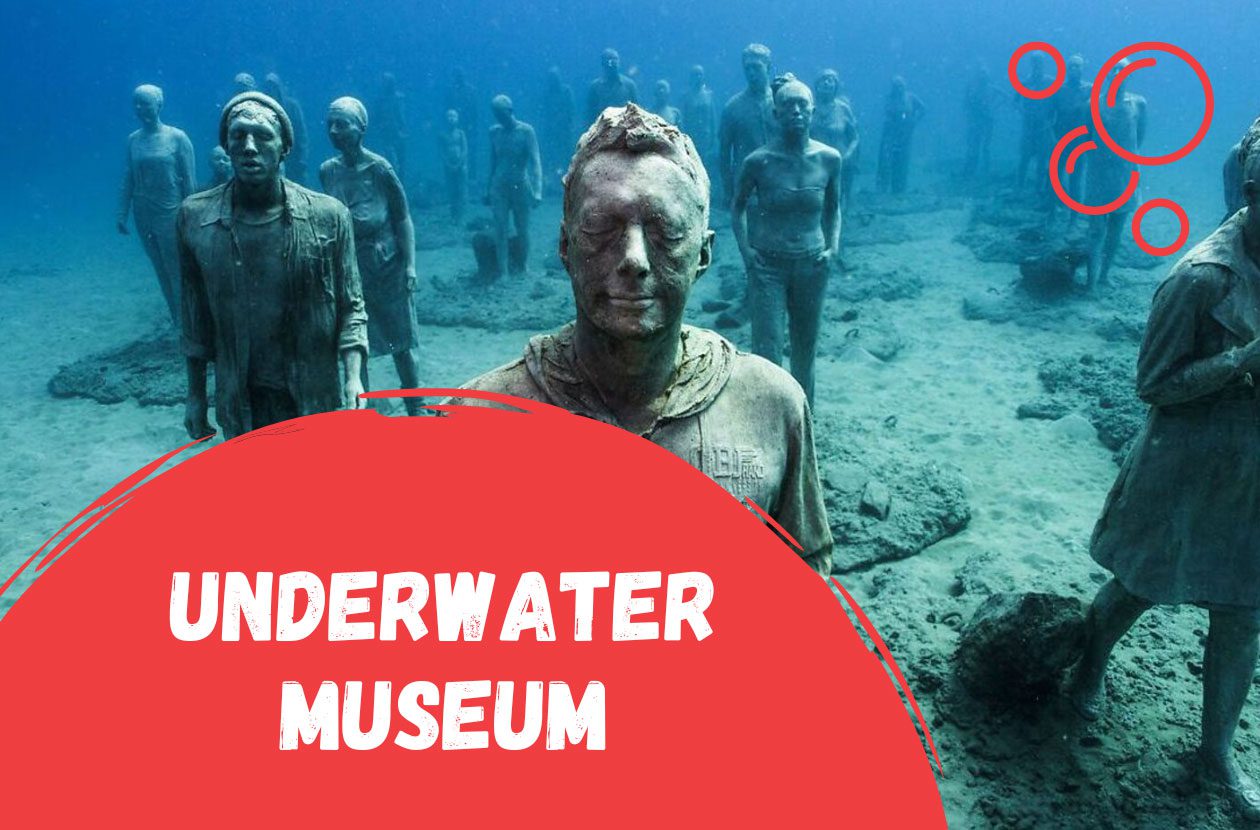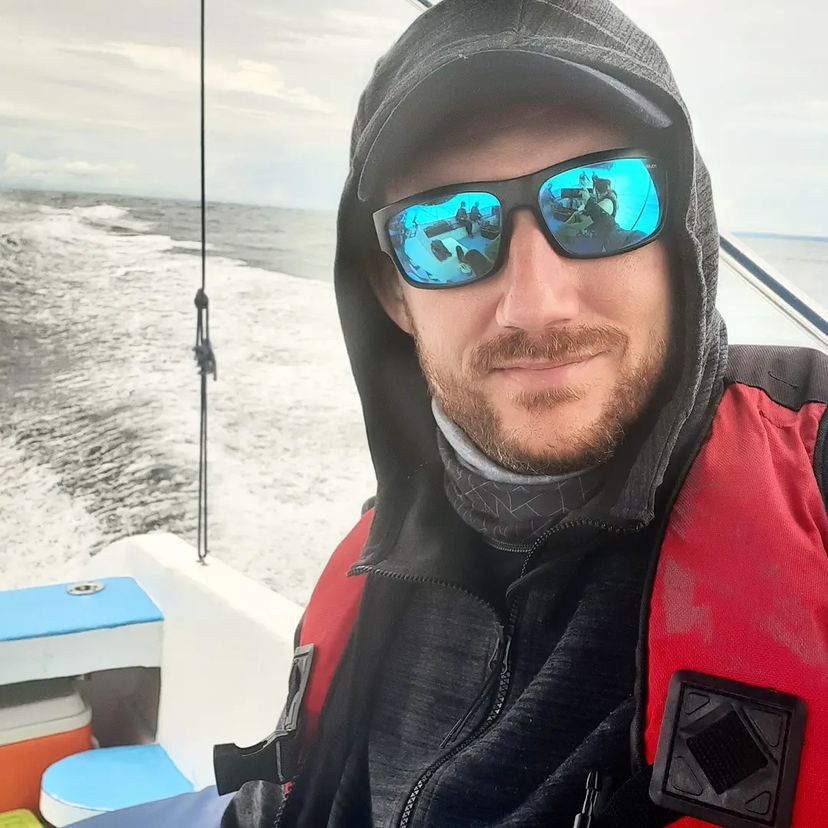Wreck diving in Europe offers an intriguing opportunity to explore submerged pieces of history beneath the sea’s surface. The Old Continent is rich in maritime heritage, with numerous shipwrecks scattered along its coastlines. These wrecks range from ancient vessels dating back centuries to more recent casualties from both World Wars. Wreck diving enthusiasts can immerse themselves in the captivating stories and mysteries that lie beneath the waves.
Europe’s wreck diving sites provide divers with a unique chance to witness the fusion of natural marine life and man-made structures. Over time, these wrecks have transformed into artificial reefs, attracting a wide array of marine species. Divers can encounter schools of fish, colorful corals, and other fascinating marine organisms that have made the wrecks their home. Let’s take a look at some of these best wrecks for diving in Europe.
Table of Contents
Wreck diving in Europe
The wrecks vary in terms of accessibility and difficulty, catering to divers of different skill levels. Some wrecks are situated in shallow waters, allowing beginners to explore their intriguing features. More advanced divers can venture into deeper waters to discover larger and more complex wreck sites.
Wreck diving in Europe is not just limited to coastal areas; inland sites such as lakes and rivers also hold submerged treasures. Some wrecks are well-preserved and provide an extraordinary glimpse into history, while others have become fascinating underwater museums, showcasing relics and artifacts that have withstood the test of time.
However, before you pack your equipment for wreck penetration, you need to remember that safety and responsible diving practices are crucial during this type of diving. You must have proper training, knowledge of wreck penetration techniques and respect for wrecks as historical artifacts. It is also important to follow local regulations and guidelines to ensure that these sites are preserved for future generations.
Zenobia, Cyprus
The Zenobia wreck, located off the coast of Larnaca, Cyprus, is one of the most impressive and popular wreck diving sites in the world. This massive ferry sank in 1980, just a few hundred meters from the shoreline, making it easily accessible for divers of varying experience levels. The Zenobia is an enormous vessel, measuring around 172 meters (564 feet) in length, and it lies on its port side at a depth ranging from 16 to 42 meters (52 to 138 feet). This unique orientation offers divers the opportunity to explore its multiple decks, corridors, and cargo holds. The ship’s intact structure, coupled with its abundant marine life, makes it a truly captivating dive site.
As divers descend to the wreck, they are greeted by a stunning array of marine species that have made the Zenobia their home. Colorful schools of fish, including groupers, barracudas, and snappers, swim around the wreck, creating a vibrant underwater scene. The Zenobia also attracts larger marine life, such as moray eels and even occasional sightings of turtles and dolphins. Exploring the Zenobia allows divers to witness the remnants of its cargo, which adds to the intrigue of the dive. The ship was carrying an assortment of trucks, trailers, cars, and even a load of eggs when it sank. These cargo areas are fascinating to explore, offering divers a glimpse into the ship’s past and the eerie stillness that has settled over the wreck.
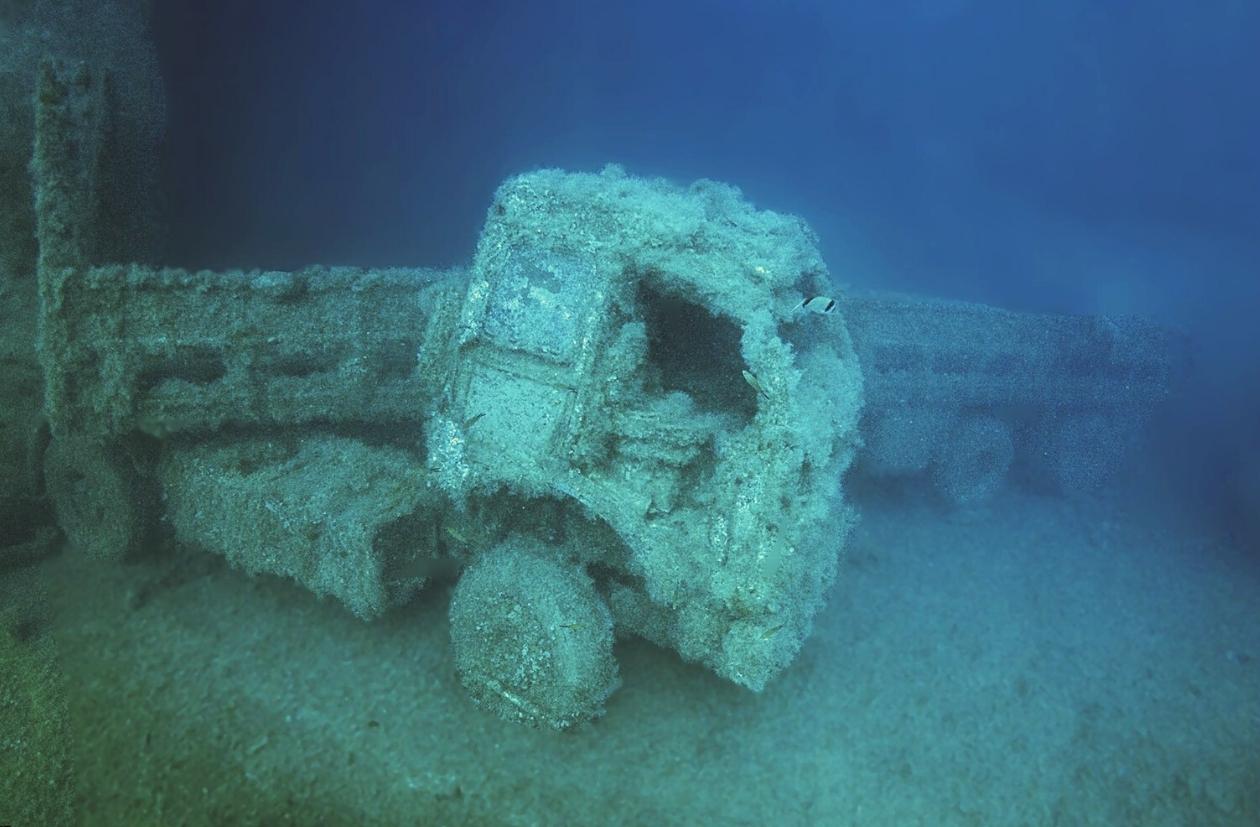
Wreck diving in Europe – Zenobia
The Zenobia wreck caters to divers of various skill levels. Beginners can explore the shallower parts of the wreck, while more experienced divers can venture deeper into the corridors and cargo holds. Wreck penetration is possible, but it requires appropriate training and experience to ensure safety and respect for the site. With its impressive size, intact structure, and thriving marine life, the Zenobia offers a truly immersive and unforgettable diving experience. Whether it’s the thrill of exploring the vast decks or marveling at the marine biodiversity, diving the Zenobia is an adventure that leaves divers with lasting memories and a deeper appreciation for the mysteries that lie beneath the sea.
SS Thistlegorm, Egypt
The SS Thistlegorm is a legendary wreck located in the Red Sea, off the coast of Egypt. It is one of the most famous and in-demand wreck diving sites in the world. This British merchant ship sank during World War II in 1941 after being attacked by German bombers. Measuring around 131 meters (430 feet) in length, the SS Thistlegorm rests on the sandy seabed at a depth of approximately 30 meters (98 feet). Despite being submerged for over seven decades, the wreck remains remarkably well-preserved, offering divers a glimpse into its fascinating past.
As divers descend to the wreck, they are met with the impressive sight of this enormous ship, adorned with marine growth and encrusted with corals. The SS Thistlegorm boasts a rich history and carried a diverse cargo, including war supplies such as ammunition, weapons, vehicles, and even railway carriages. Exploring the SS Thistlegorm allows divers to witness the remnants of its cargo, providing a unique historical experience. The cargo holds contain stacks of motorcycles, trucks, and even armored vehicles, frozen in time since the day of the ship’s sinking. Divers can swim through the corridors and compartments, marveling at the array of artifacts that have become part of the underwater landscape.

Wreck diving in Europe – SS Thistlegorm
The marine life around the SS Thistlegorm is equally captivating. Schools of colorful fish, such as snappers and fusiliers, have made the wreck their home. Turtles, barracudas, and even reef sharks can be spotted in the vicinity, adding to the allure of the dive. Due to its size and complexity, diving the SS Thistlegorm can be a thrilling adventure for experienced divers. Wreck penetration is possible with the appropriate training and experience, allowing divers to explore the inner sections of the ship and discover hidden treasures.
The SS Thistlegorm holds a significant place in history, and diving this wreck offers a unique opportunity to connect with the past. The combination of its historical significance, well-preserved structure, and diverse marine life make it a must-visit destination for wreck diving enthusiasts and history buffs alike.
SS Maori, Malta
The SS Maori is a captivating wreck located off the coast of Malta. This British destroyer met its tragic fate during World War II near Valletta Harbour, and today, it serves as a remarkable diving site for enthusiasts seeking a glimpse into history beneath the waves. Resting at a depth of around 14 to 18 meters (46 to 59 feet), the SS Maori offers divers an accessible and intriguing wreck dive experience. This well-preserved wreck, measuring approximately 85 meters (279 feet) in length, lies on its port side, creating a dramatic and visually striking scene.
As divers approach the SS Maori, they are greeted by an abundance of marine life that has colonized the wreck. Colorful shoals of fish, including damselfish, wrasses, and parrotfish, swim around the structure, creating a vibrant underwater ecosystem. The wreck itself serves as an artificial reef, providing shelter and feeding opportunities for a variety of species. Exploring the SS Maori allows divers to venture into its various compartments and corridors. The ship’s remains offer intriguing passages to swim through, giving divers a sense of the vessel’s layout and structure. They can explore the bridge area, engine rooms, and even the ship’s guns, which remain in their original positions.
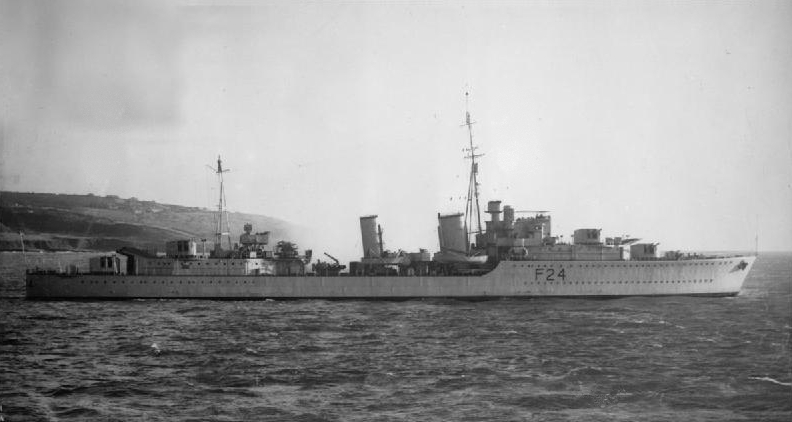
Wreck diving in Europe – HMS Maori
The SS Maori also holds historical significance, as it played a vital role in various operations during the war. Diving the wreck offers divers the chance to connect with the past and pay tribute to the brave men who served aboard the destroyer. Due to its shallow depth and relatively calm waters, the SS Maori is accessible to divers of various experience levels. It is a popular site for both recreational divers and underwater photographers, who are drawn to its impressive structure and the captivating marine life that surrounds it.
As with any wreck dive, it is important for divers to approach the SS Maori with caution and respect. Safety and responsible diving practices should always be followed, and divers should avoid damaging or disturbing the wreck or its inhabitants. The SS Maori stands as a testament to Malta’s maritime history and provides divers with a unique opportunity to explore a well-preserved shipwreck teeming with life. It is a must-visit site for those seeking to combine adventure, history, and underwater beauty in their diving experiences.
SS Excellent, Gibraltar
The SS Excellent, located in Gibraltar, is a fascinating wreck that offers divers a unique glimpse into the maritime history of the area. This British steamship met its demise in 1940 during World War II. Resting at a depth of around 30 meters (98 feet) on a sandy seabed, the SS Excellent spans approximately 126 meters (413 feet) in length. The wreck is well-preserved, and its structure and features provide an intriguing diving experience.
Diving the SS Excellent allows adventurers to explore the various sections of the ship, including the bow and stern. As divers descend onto the wreck, they are met with the sight of its imposing presence, adorned with marine growth and home to a diverse array of marine life. The wreck has become an artificial reef, attracting a multitude of marine species. Colorful schools of fish, such as bream, wrasse, and damselfish, swim around the wreck, creating a vibrant and bustling underwater ecosystem. Divers may also encounter larger marine inhabitants, such as groupers and barracudas.
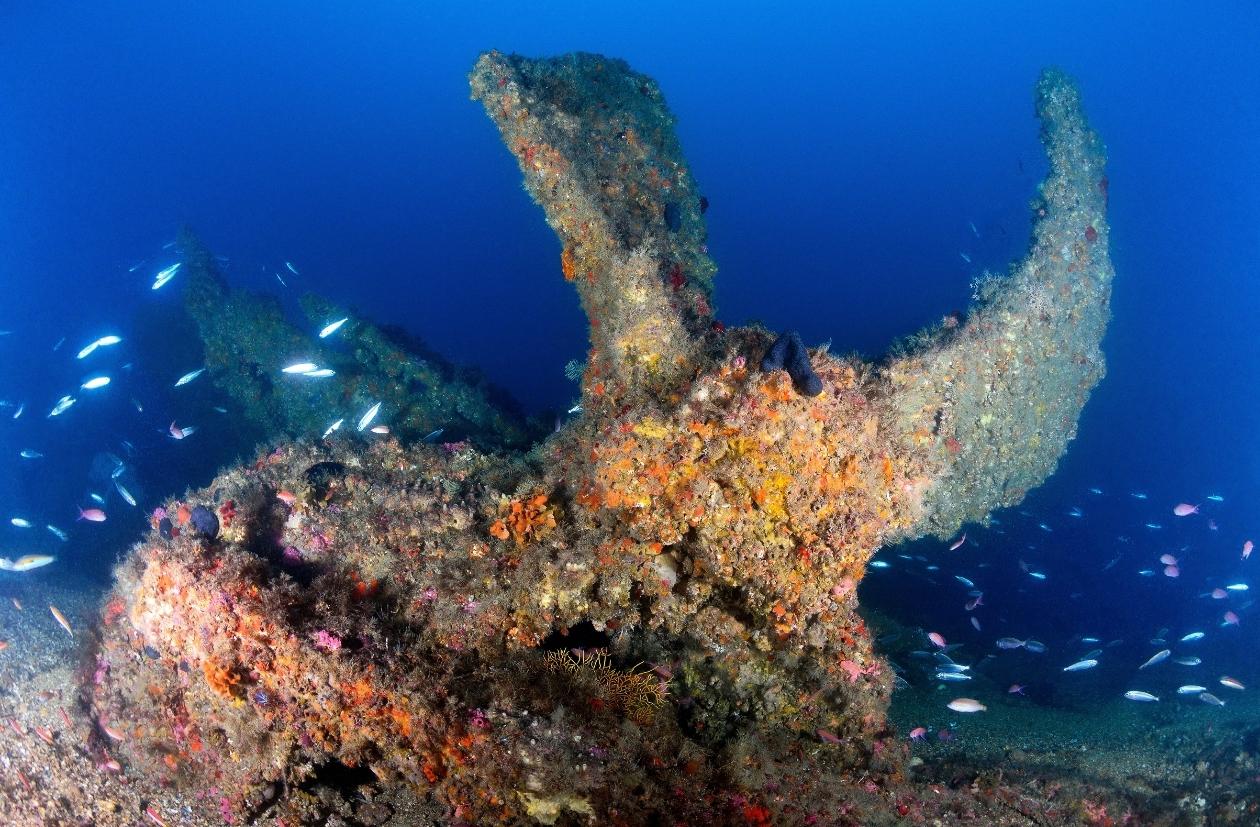
Wreck diving in Europe – SS Excellent
The SS Excellent offers opportunities for divers to penetrate its interior spaces, providing a closer look at the ship’s layout and remnants. Exploring the cargo holds, corridors, and even the engine room offers a sense of the ship’s past and the conditions experienced by its crew. The wreck’s historical significance adds to its allure. The SS Excellent played a role in the defense of Gibraltar during World War II, making the dive a fascinating journey into the wartime history of the region. Divers can appreciate the stories of the past while exploring the remnants of this once-mighty vessel.
Diving the SS Excellent requires adequate experience and training due to its depth and sometimes challenging conditions. It is important for divers to plan their dive accordingly, considering factors such as currents and visibility. The SS Excellent stands as a testament to Gibraltar’s maritime heritage, offering divers an extraordinary underwater adventure. With its historical significance, well-preserved structure, and thriving marine life, the wreck provides a captivating experience for those seeking to explore the depths of Gibraltar’s waters.
SS Empire Broadsword, France
The SS Empire Broadsword is a compelling wreck located off the coast of France, offering divers a captivating dive into maritime history. This British steamship met its fate during World War II, making it a site of historical significance. Resting at a depth of approximately 45 meters (148 feet) on the seabed, the SS Empire Broadsword stretches around 147 meters (482 feet) in length. The wreck is remarkably intact, providing divers with a remarkable opportunity to explore its structure and remnants.
Approaching the SS Empire Broadsword, divers are greeted by the sight of its imposing presence lying on the seabed. The wreck is adorned with marine growth, creating an underwater habitat for an abundance of marine life. Schools of fish, including snappers, groupers, and wrasses, thrive around the wreck, adding to the vibrant ecosystem. Diving the SS Empire Broadsword allows enthusiasts to penetrate the ship’s interior and explore its compartments and corridors. The cargo holds provide a glimpse into the ship’s past, offering a sense of the cargo it once carried. Swimming through the engine room and other sections reveals the ship’s machinery and the remnants of its operational systems.

Wreck diving in Europe – SS Empire Broadsword
The wreck also serves as an artificial reef, attracting a diverse range of marine species. Crustaceans, such as lobsters and crabs, can be found in the nooks and crevices, while colorful sponges and corals adorn the structure. The wreck has become a thriving ecosystem, teeming with life that has made it their home. Diving the SS Empire Broadsword requires suitable experience and tec diving certification due to its depth and sometimes challenging conditions. Proper planning and safety precautions should always be taken, including consideration of factors such as currents and visibility.
The SS Empire Broadsword holds historical significance, reminding divers of the events of World War II. Exploring this wreck provides an opportunity to connect with the past and pay homage to the crew and the vessel’s role during that time. The SS Empire Broadsword presents a remarkable diving experience off the coast of France, immersing divers in a world of history and marine life. With its intact structure, abundant marine biodiversity, and historical significance, the wreck offers a unique and memorable adventure beneath the waves.
Wreck diving – how to prepare?
Wreck diving is a thrilling and captivating form of scuba diving that allows you to explore artificial structures that have found their resting place on the ocean floor. However, due to the unique challenges and potential hazards associated with wreck diving, it is essential to be well-prepared for a dive to ensure a safe and enjoyable experience.
First and foremost, obtaining the necessary training and certification is crucial. Wreck diving courses provide specialized knowledge and skills to navigate and explore wrecks safely. These courses cover topics such as wreck penetration techniques, equipment considerations, emergency procedures, and the importance of buoyancy control.
Before diving a specific wreck, conducting thorough research is essential. Learn about the wreck’s history, its depth, and any potential hazards or restrictions associated with it. Understanding the layout of the wreck beforehand will help you plan your dive and navigate it more effectively underwater. Planning your dive in advance is crucial for a successful wreck diving experience. Consider factors such as tides, currents, visibility, and weather conditions. Choose an appropriate time window when conditions are favorable for safe exploration. Make sure you have enough daylight to complete your dive comfortably.
Good diving equipment is the key
When it comes to equipment, selecting the right gear is also very important. Using a wreck reel will help you navigate and find your way back to the entry point. Dive flashlights are also a must to improve visibility, especially in dark and confined spaces within the wreck. Additionally, ensure that your equipment is properly maintained and in good working condition before each dive.
Lastly, always dive within your limits. Assess your own skill level, experience, and comfort with wreck diving. Start with wrecks that are suitable for your experience level. Then, as you gain experience and confidence, gradually move to more challenging dives. If you are unfamiliar with a specific wreck go diving with a local guide who has expertise and knowledge of the site. And remember one thing – even the most beautiful wreck is not worth dying for….
Wreck diving in Europe – let’s recap
As you can see, wreck diving in Europe has a lot to offer. These five wrecks offer exceptional diving experiences and are renowned for their historical significance, marine life, and captivating underwater landscapes. Each provides divers with a unique glimpse into the past and an opportunity to explore the mysteries of sunken vessels. If you’ve never tried wreck diving, you should definitely give it a try, because it’s an amazing experience. Imagine the rooms and installations where sailors used to run, and now you are floating peacefully in the middle of it all. It’s really something worth the sin.



